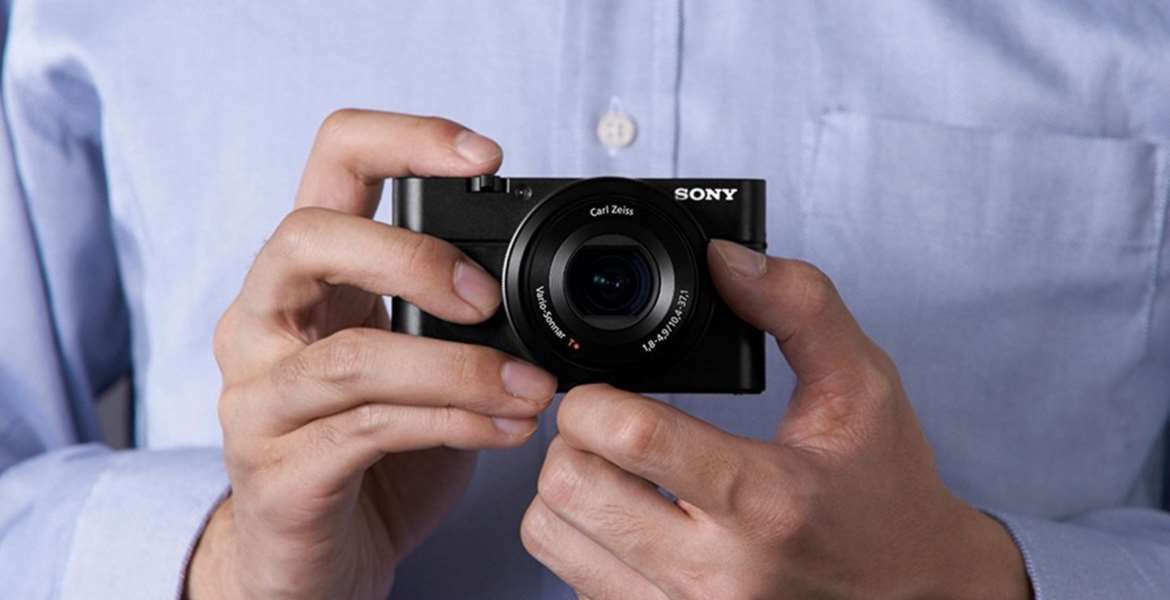
Of course, once you start adding on to the latter models, like tacking on an EVF and even a modest zoom lens, they start to get pretty big. These dSLR complements (or replacements) come in two versions: ones with the traditional larger-than-average point-and-shoot design, and the interchangeable-lens models (ILC) which attain a more-svelte-than-dSLR profile by jettisoning the mirror-and-prism optical path (one factor that keeps dSLRs so large).
#Best point and shoot camera bokeh manual
These models come with sensors the size of what can be found in a high-end dSLR, the performance that can rival a midrange dSLR and offer the same level of manual control over shutter speed, aperture, support for raw files and other creative features. It's a common complaint: You want the photo quality of a dSLR but find you're leaving the camera at home because it's so large.Ī lot of the compromises you previously had to make are moot now. The latest version comments on the Fujifilm X100F. I do use it, but not as often.Editors' note: This story is updated frequently to reflect more recent reviews and announcements. Is it worth it? It depends upon your preference. And it’s about $500 more than the regular 56mm. Also, in low light, the camera will have a harder time focusing because of the filter. In my case, it’s nothing smaller than f 2.8 for the kind of look I want. It’s kind of a mute point because you are shooting for bokeh, so you are probably not shooting at anything past f 4. And at 5.6 and smaller, there is really no apparent difference in the quality of the bokeh. You are losing about 1/3 stop until you get to f 5.6 where it equals out.
However, because it is an actual filter, it does block out some light so even though it’s f 1.2, the real aperture is f 1.7. This, of course, results in a more diffused rendition of the out of focus areas, both in the foreground and background. That’s because the filter is a soft gradient, not like the hard blades of a normal aperture. The nature of the bokeh shooting wide open f 1.2 – f 2 or so is softer and creamier. There are good and bad things about this lens. Imaging a gradient diffuser that is clear in the middle and thicker at the edges. The APD stands for apodization which is a permanently installed soft filter on the same plane as the aperture. I also have the 56mm APD lens which makes even more velvety bokeh. However, sometimes you want to focus on the eye that is more lit, as in the example below. (Remember my favorite phrase in photography “Everything depends upon everything!”) If the face is somewhat evenly lit, then focus on the eye closest to the camera. But if they have a slight head turn, then which eye do you focus on? Well, that depends. The general rule is to focus on the eyes and that’s fine when the subject is looking straight at you. Shooting wide open means you really, truly need to pay attention to your point of focus. There are some important things you need to pay attention to in order the get the look you want, and some downfalls, too. Everything else in the photo is support and story. For a portrait, a really shallow depth of field helps keep the viewer totally involved with the subject’s eyes. I LOVE Bokeh, the quality of the out of focus areas, that these fast Fuji lenses create. Sometimes that’s intense, sometimes fun, sometimes, soft and pretty, depending upon the situation. I love meeting and talking to people all over the world and trying to capture something about their personality. I am a people photographer, real people mostly, not too many models except when I’m teaching workshops. All of these images were shot natural light, some with reflectors.

The sharpness of these lenses is amazing, yet the X Trans sensor doesn’t add a lot of contrast, so portraits can be sharp with pleasing tones at the same time. I do not have the 90mm f 2 yet, which I expect will turn into another all time favorite. My all time favorite lens is the 56 f 1.2, which I keep saying that Fuji designed this lens just for me! I also use both the 16-55mm f 2.8 and the 55-140mm 2.8 with great results, too. Fuji makes some incredibly sharp and fast lenses, both the fixed and zooms.


 0 kommentar(er)
0 kommentar(er)
